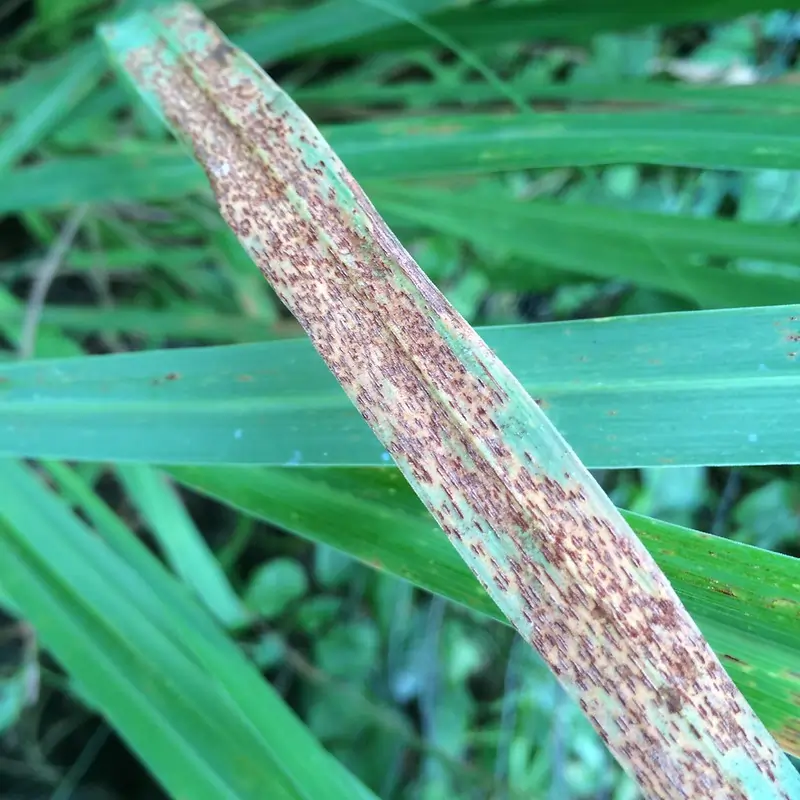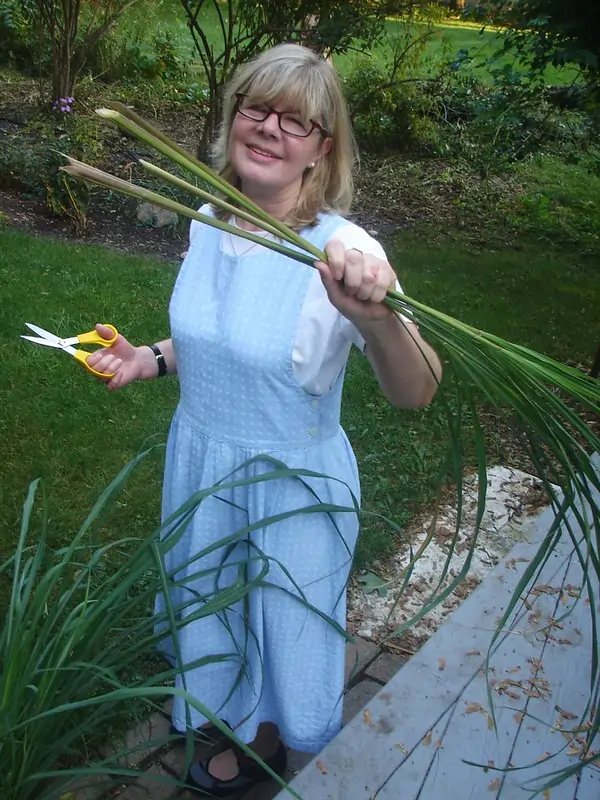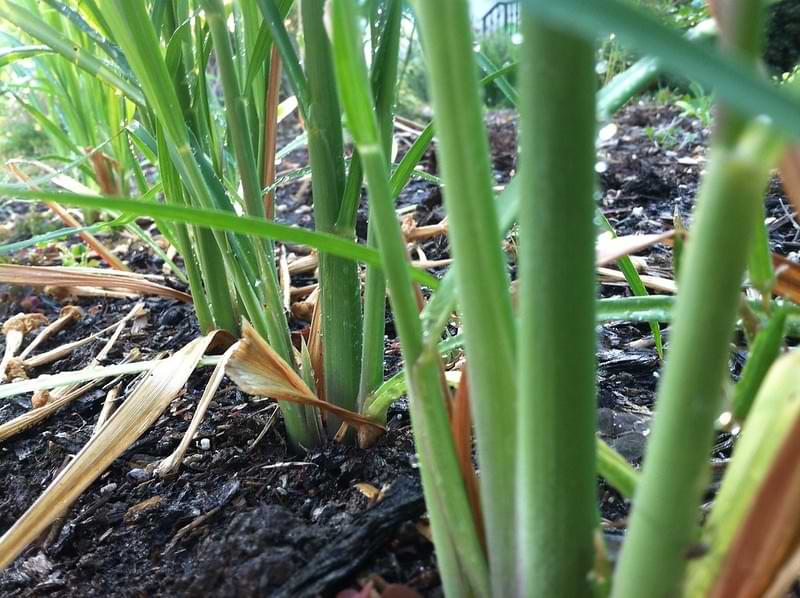Rust on lemongrass isn’t just ugly — it weakens the plant, slows growth, and can even kill it if left unchecked. The good news? You can fix it. Let’s talk about what causes it and how to kick it out of your garden for good.
What Causes Rust on Lemongrass?

Rust is a fungal disease caused by Puccinia species, and it thrives in warm, humid conditions — pretty common in parts of the U.S., especially the South and coastal areas. Poor air circulation, overhead watering, and crowding make it even worse. Lemongrass is especially vulnerable if you’re growing it in clumps or containers with limited airflow.
How to Identify It
Look out for:
- Small, orange or brownish pustules (spots) on the undersides of the leaves
- Yellowing or browning leaves
- A general “sickly” look in the plant
- Spores that smear like rust when touched
Catch it early, and your plant has a solid shot at a full recovery.
Rust-Fighting Game Plan
Here’s your no-fuss, effective plan to deal with rust on lemongrass:
1. Trim the Trouble

Start by cutting off all affected leaves — don’t just snip halfway, go down to the base. Make sure to clean your shears with rubbing alcohol afterward to avoid spreading spores to other plants.
2. Bag It and Bin It
Dispose of infected leaves in the trash — not the compost pile. Rust spores can hang around and infect other plants later if you compost them.
3. Improve Airflow

Space out your lemongrass clumps. If you’re growing it in a container, consider dividing the plant. You want good air movement between leaves, especially during humid months.
4. Adjust Your Watering Habits
Water at the base, not from overhead. Wet leaves + humid conditions = fungal paradise. Early morning watering is ideal, so foliage dries out fast.
5. Use a Natural Fungicide
Spray with an organic fungicide like neem oil, potassium bicarbonate, or a copper-based spray. These work well when used early and regularly. Apply every 7–10 days until things clear up.
6. Feed and Strengthen
A healthy plant fights off disease better. Add a balanced organic fertilizer or compost to keep your lemongrass vigorous and resilient.
Preventing Rust in the Future
Once you’ve dealt with it, prevention is key. Here’s what helps:
- Divide plants yearly to reduce overcrowding.
- Clean up plant debris in fall — old leaves can harbor spores.
- Rotate containers or change soil every couple of seasons to avoid buildup.
- Consider companion planting with rust-resistant herbs like thyme or oregano to improve airflow and diversity.
Final Thoughts
Rust on lemongrass isn’t the end of the world, but it does need quick action. With a bit of trimming, smart watering, and a natural fungicide or two, you can knock it out and keep your lemongrass thriving.
